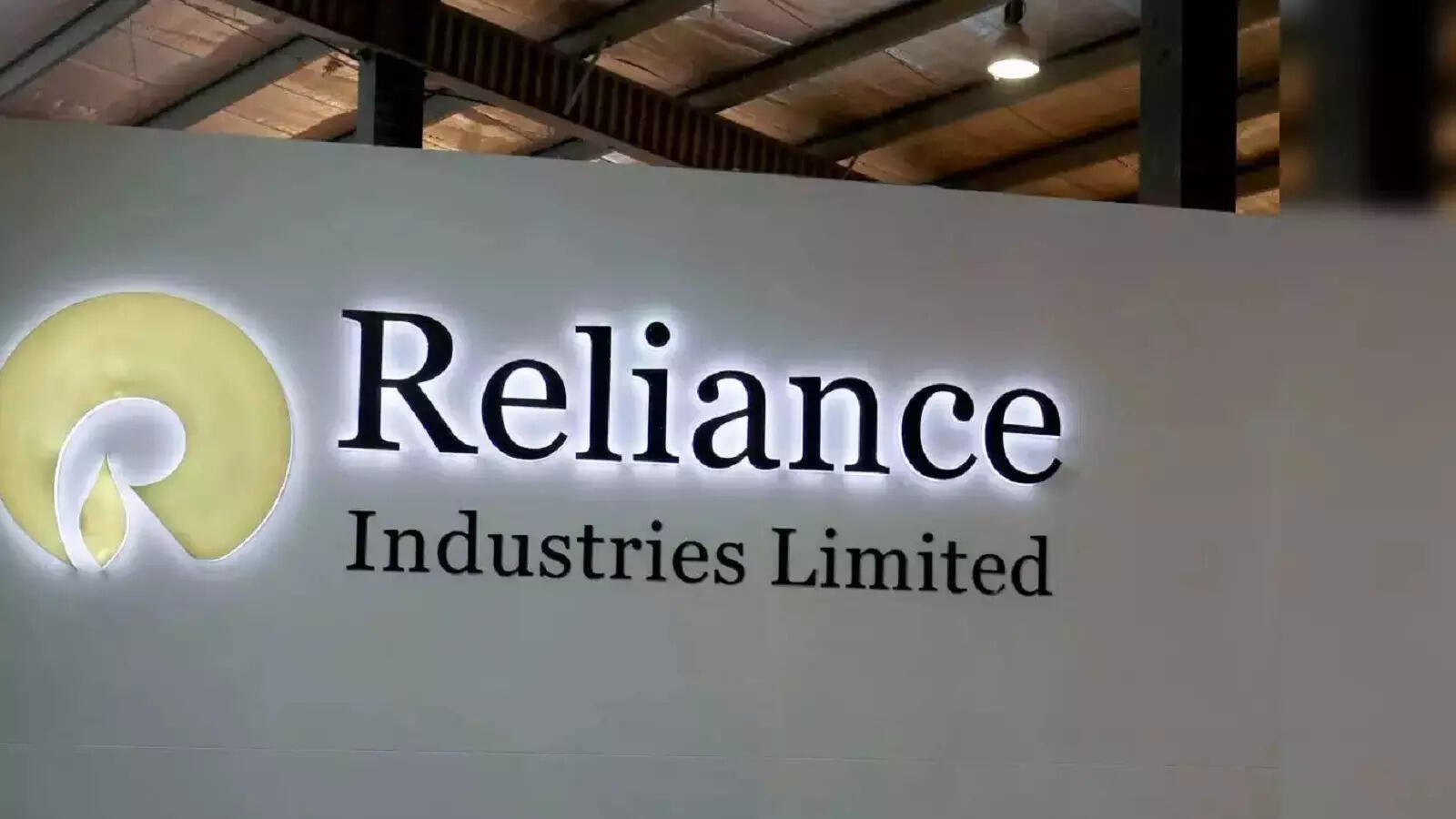The Gas Feud: Is Reliance Drifting Further Away from Resolution?
Okay, folks, let’s dive into a business battle that’s been simmering for years – the ongoing saga between Reliance Industries (RIL) and the Indian government over a hefty $1.7 billion. You might think you’ve heard it all before, but this latest development adds a fresh layer of complexity to an already tangled web.
Just when it seemed like the case might be inching towards some form of closure, RIL has thrown a curveball. They’ve decided to appeal the Delhi High Court’s recent ruling to the Supreme Court. This isn’t just a procedural formality; it’s a strong signal that Reliance isn’t backing down.
But what’s all the fuss about, you ask? Let’s rewind a bit. This whole dispute centers around the production of natural gas from the KG-D6 basin, a deep-sea field off the coast of Andhra Pradesh. The government’s contention, in a nutshell, is that Reliance didn’t meet its committed production targets. This underproduction, they argue, resulted in lower royalty payments and a disruption in the supply chain.
Now, Reliance, of course, sees things differently. They’ve consistently maintained that the shortfall in production was due to geological complexities and unforeseen technical challenges in the deep sea – factors beyond their control. They’ve argued that penalizing them for these circumstances is unfair and ignores the inherent risks associated with exploring and extracting resources from such a challenging environment.
The Delhi High Court, in its previous order, partially sided with the government, essentially upholding the arbitration panel’s earlier decision that disallowed Reliance from recovering certain costs. This wasn’t a complete victory for the government, but it was a significant setback for Reliance. Hence, the move to the Supreme Court.
What makes this appeal so interesting? Well, it raises some fundamental questions about risk allocation in public-private partnerships (PPPs), particularly in the energy sector. When governments incentivize private companies to invest in high-risk ventures, what level of accountability should be expected when unforeseen challenges arise? Where do you draw the line between legitimate operational difficulties and a failure to meet contractual obligations? These aren’t just legal points; they’re crucial considerations that can impact future investments in India’s energy infrastructure.
Think about it: deep-sea exploration is inherently unpredictable. Companies invest huge sums of money based on geological surveys and projections, but the reality on the seabed can be vastly different. If the regulatory environment becomes overly punitive when things don’t go according to plan, it could deter future investment, potentially hindering India’s energy security goals.
Of course, the government has a legitimate right to ensure that companies adhere to contractual obligations and that public resources are utilized effectively. But finding a balance between accountability and fostering a conducive investment climate is a delicate act.
The Supreme Court’s decision in this case will have far-reaching implications. It will set a precedent for how similar disputes are handled in the future and will likely influence the risk appetite of investors in the energy sector.
Beyond the legal and economic aspects, there’s also a political dimension to this saga. Reliance is, without a doubt, one of India’s most powerful companies, and any legal battle involving them inevitably attracts public scrutiny. The government, too, has to be seen as acting in the best interests of the nation, ensuring that companies fulfill their commitments and that taxpayers’ money is protected.
So, what can we expect going forward? The legal process is likely to be long and drawn-out. The Supreme Court will need to carefully consider all the arguments and evidence presented by both sides. We can anticipate further legal wrangling, potentially involving expert witnesses and detailed technical assessments.
Ultimately, the most desirable outcome would be a resolution that’s fair to both sides, one that upholds the sanctity of contracts while acknowledging the inherent risks associated with complex resource extraction projects. This requires a degree of pragmatism and a willingness to compromise.
While the legal battle continues, it’s worth remembering that India needs significant investments in its energy sector to meet its growing demand. Creating a predictable and transparent regulatory environment is crucial for attracting those investments. Let’s hope that this protracted dispute doesn’t cast too long a shadow over India’s energy future. The stakes are simply too high. This is more than just a business disagreement; it’s a test of India’s commitment to sustainable and responsible energy development.
📬 Stay informed — follow us for more insightful updates!







